ALTROVE
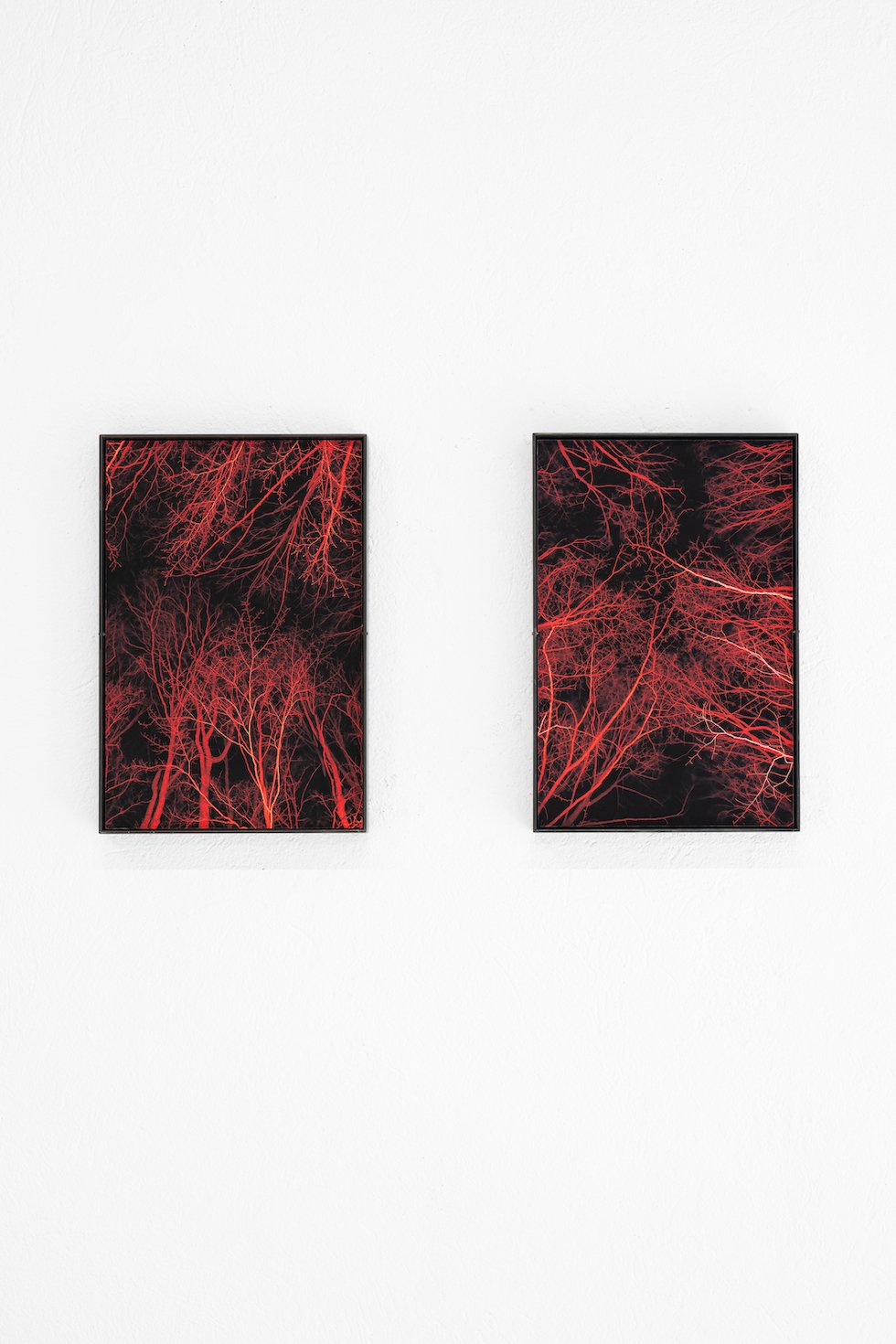
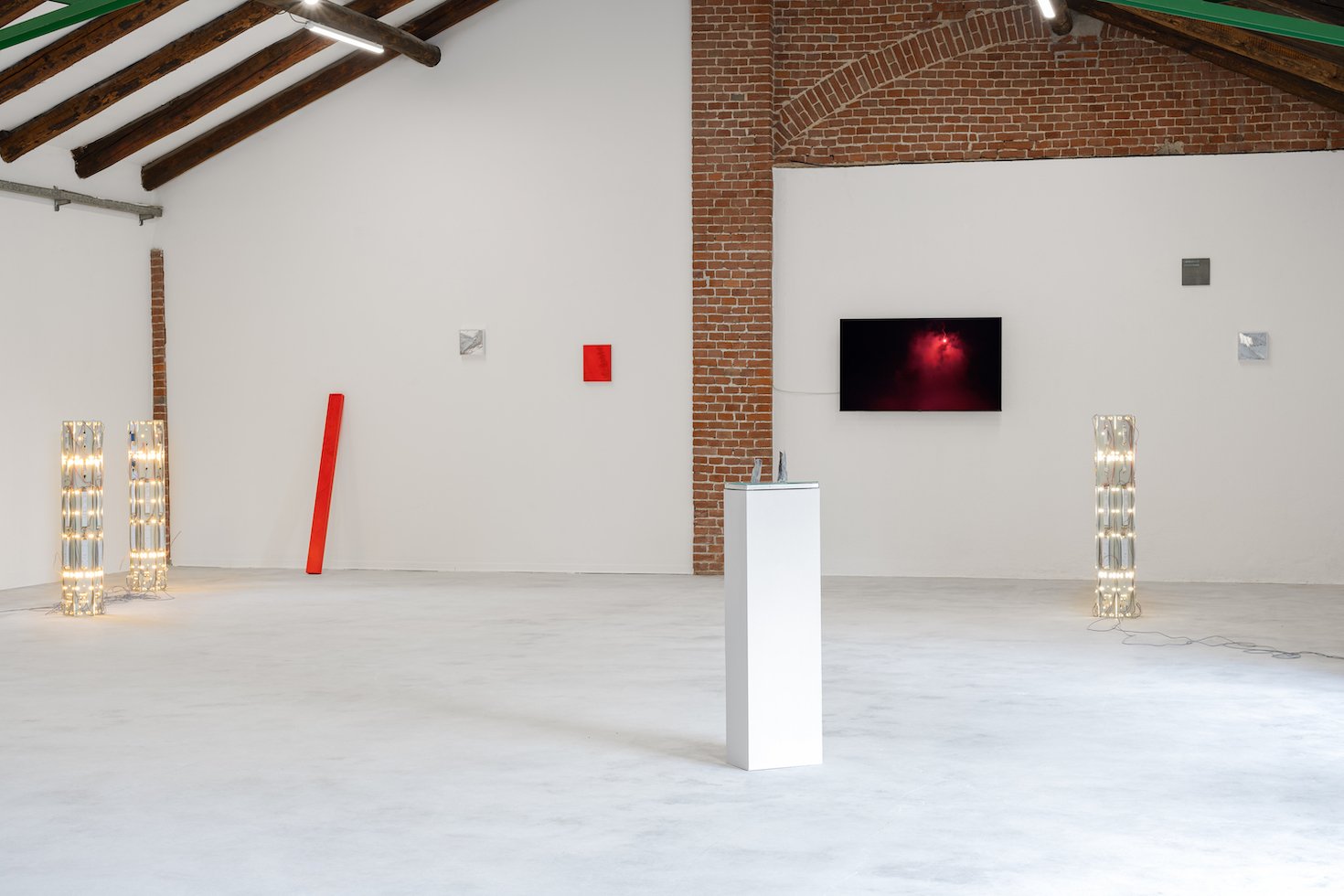
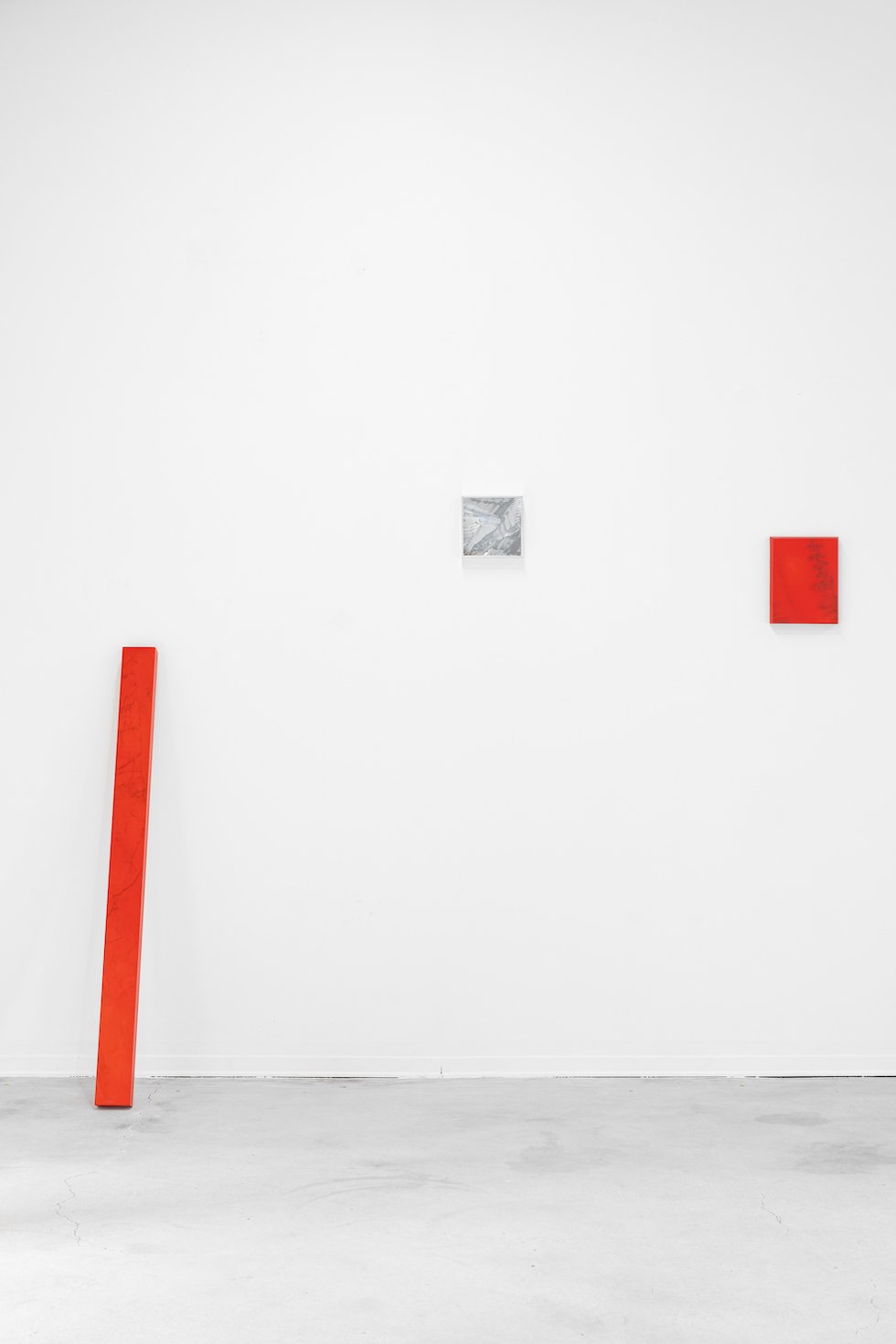


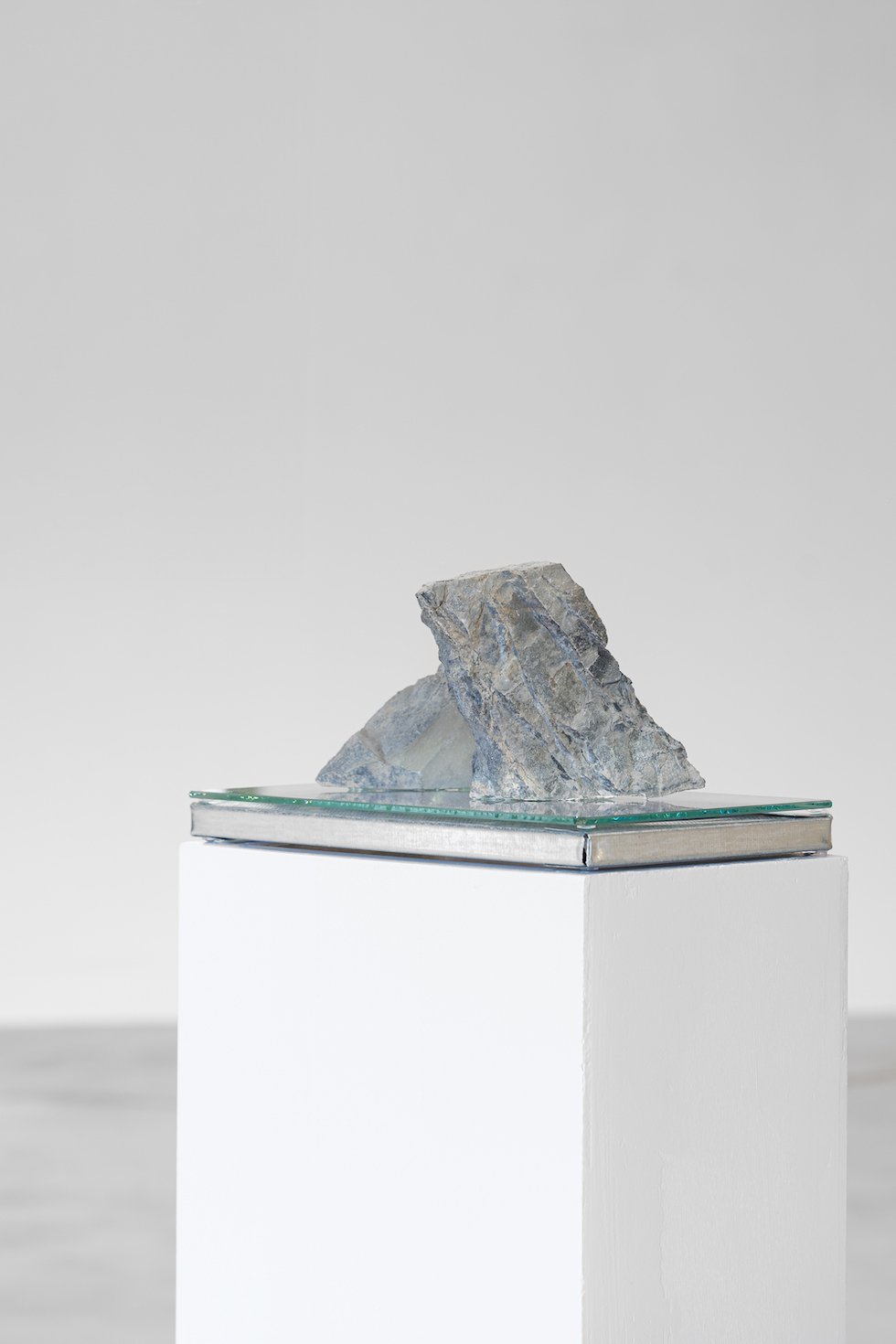
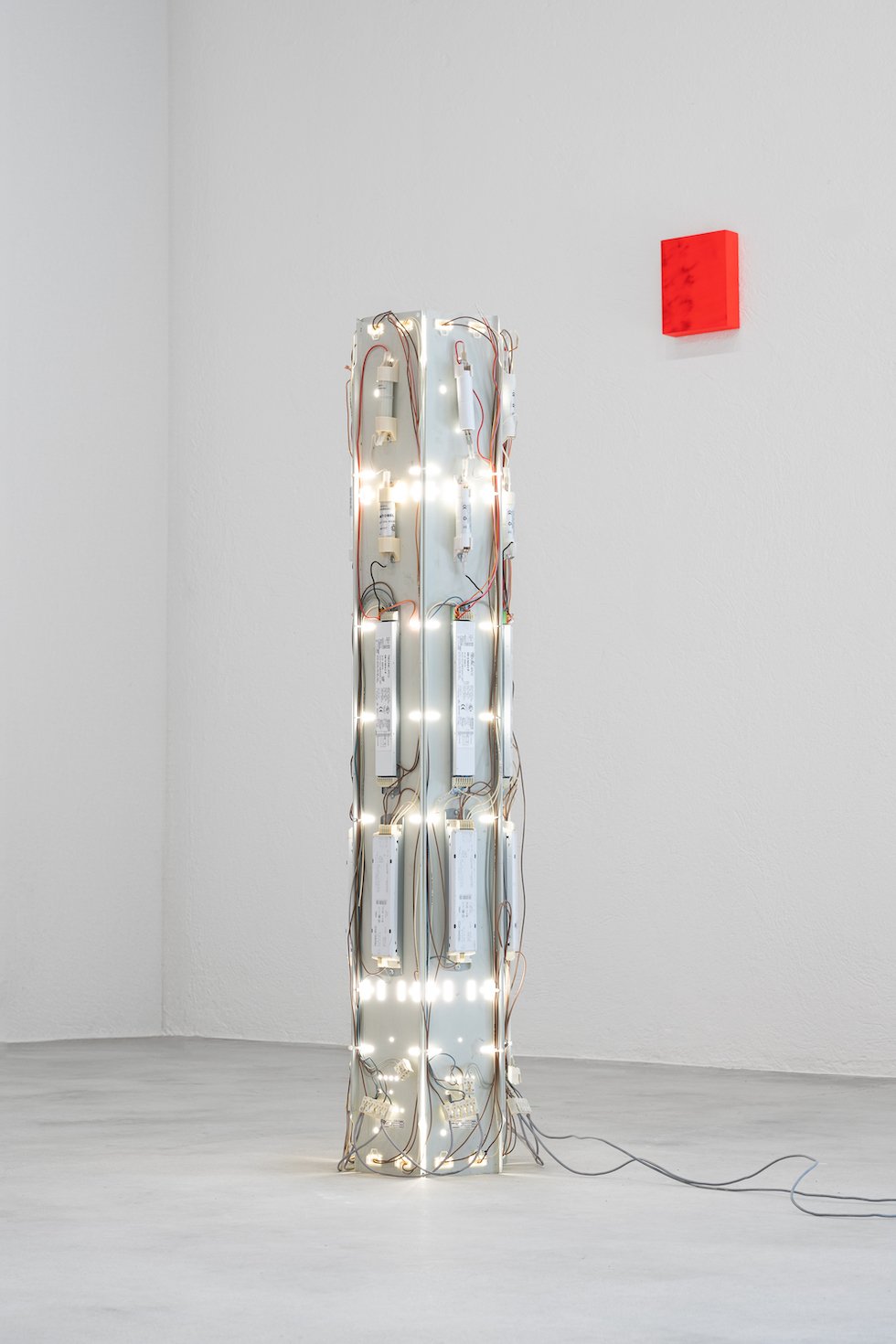
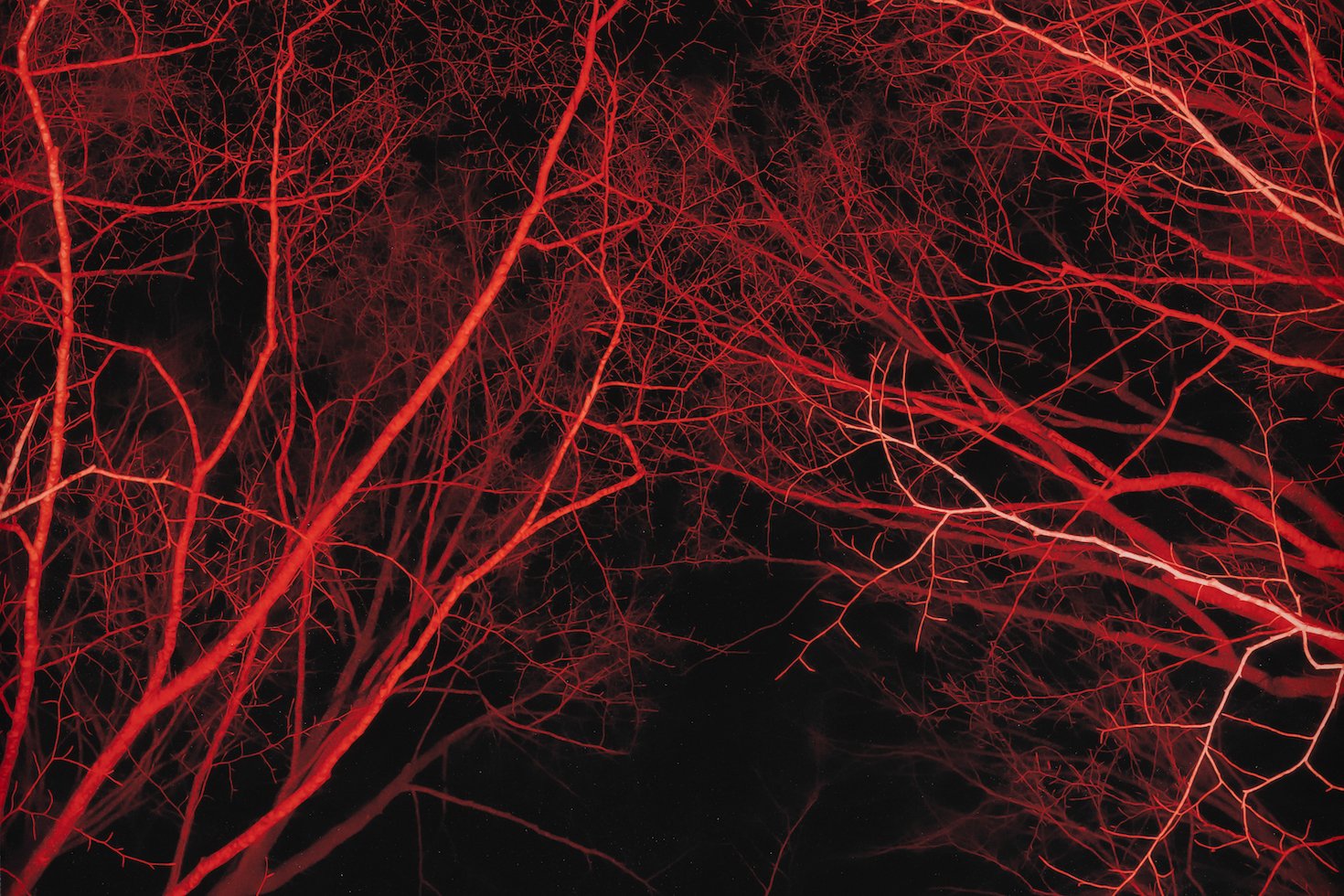
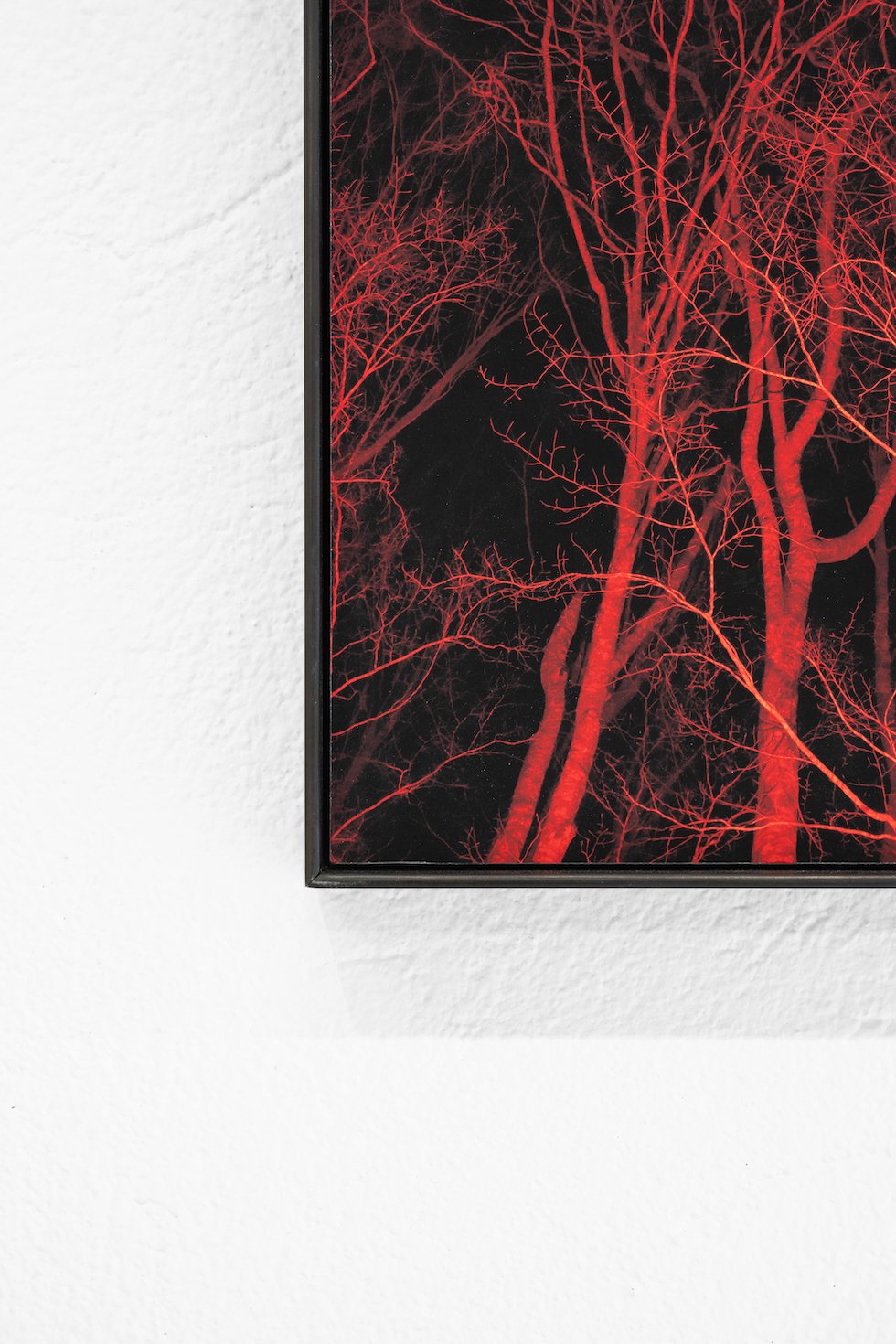
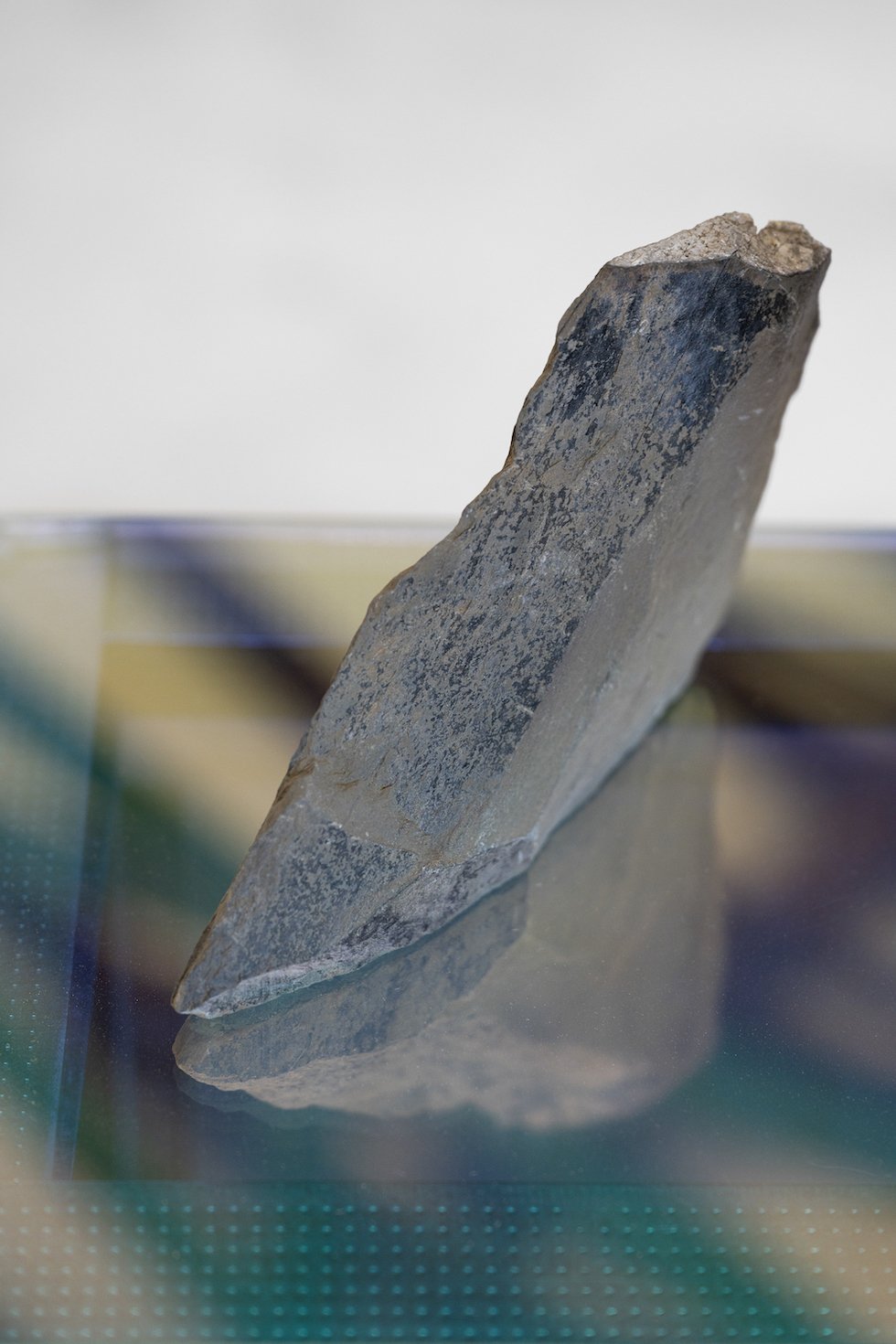
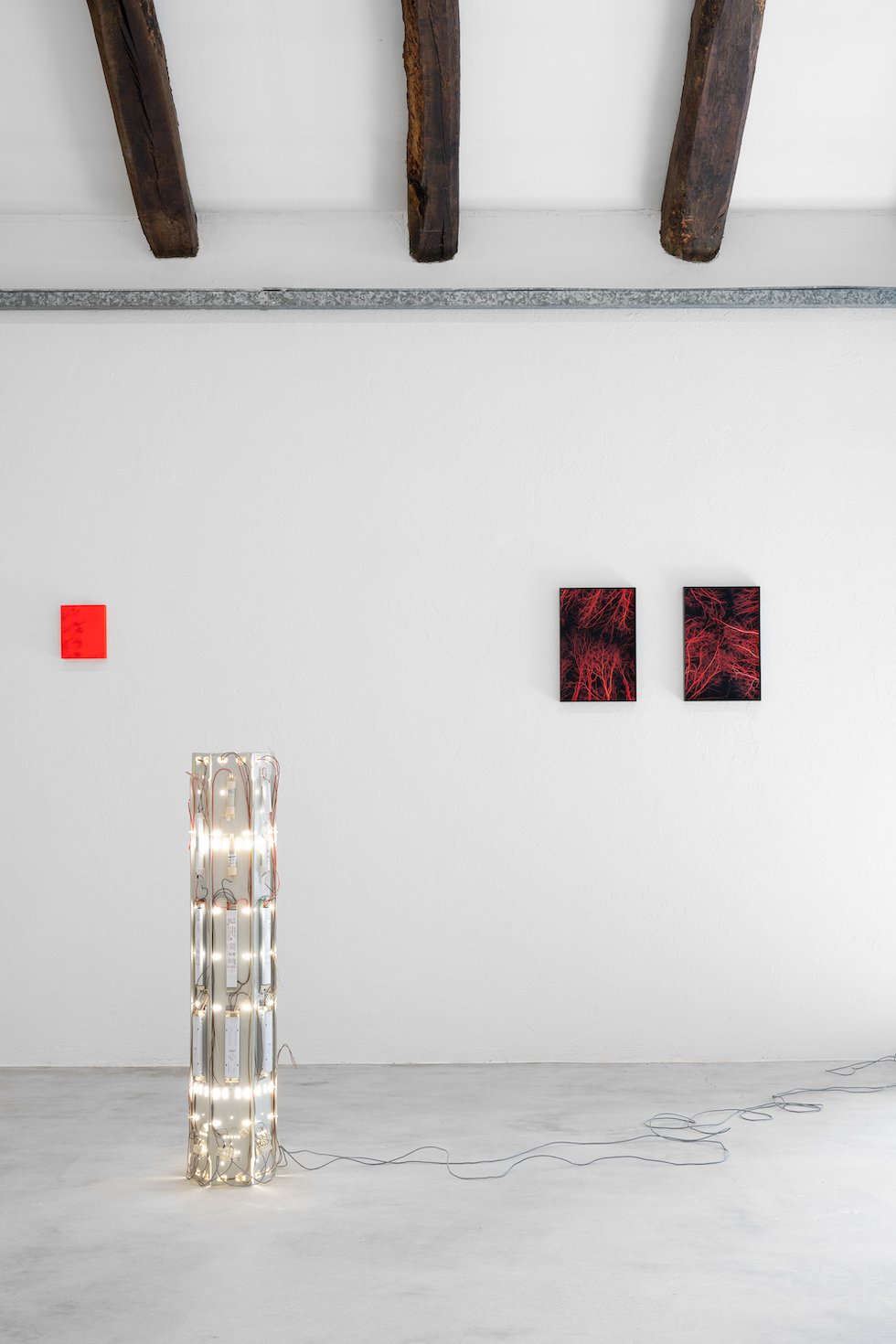
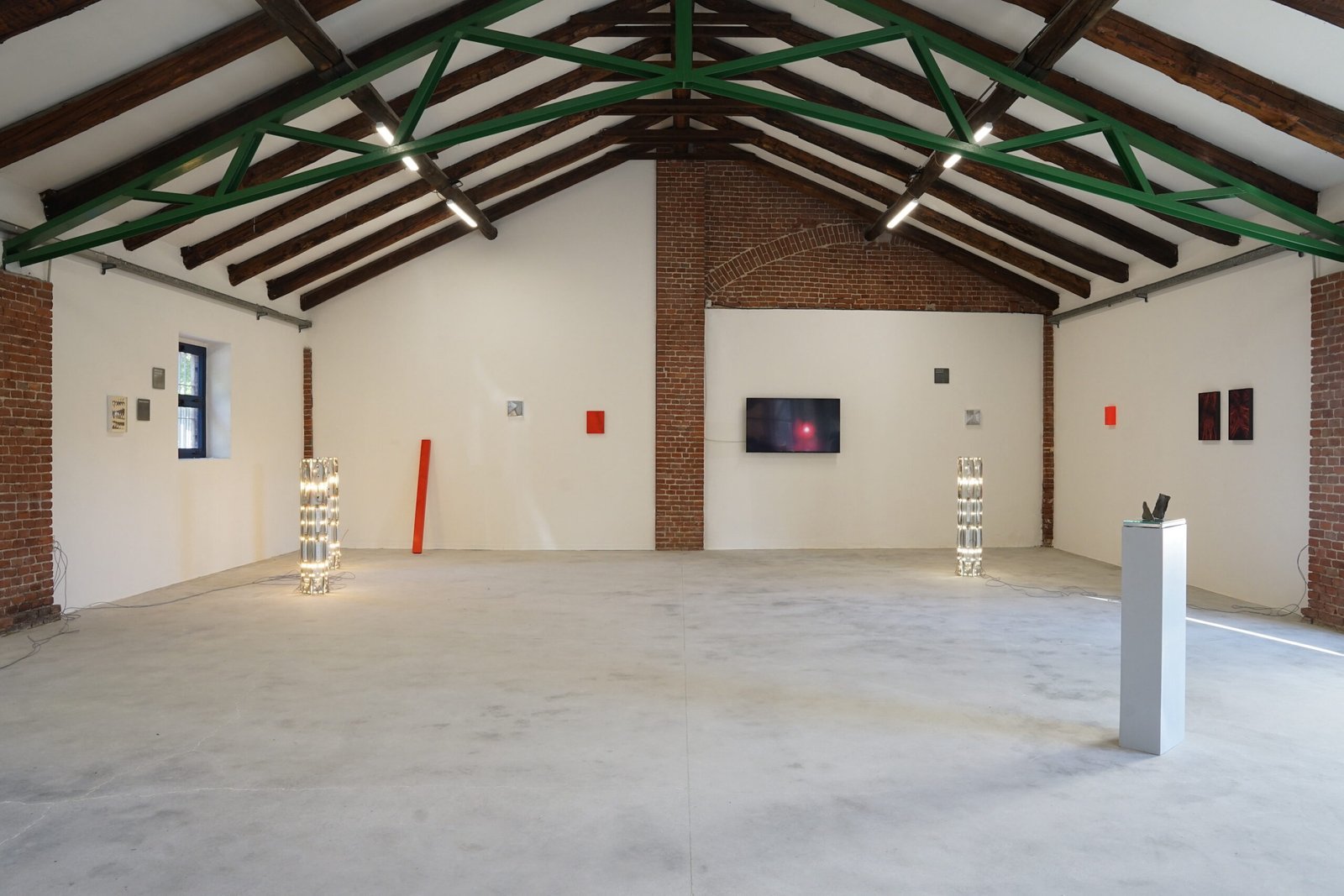
ALTROVE
Simone Cametti Marco Schiavone
Opening Sunday April 21st 2024, 6pm onwards
23rd April – 26 May 2024
In partnership with Francesca Antonini Arte Contemporanea
Critic text by Alessia Romano
Sometimes it is enough to observe things, objects, read sentences and words for them to become clear. Very often, however, this is not enough, we need to go further and deepen: ask questions, remain in observation, welcome change and the unknown and make it our own. Within the spaces of Société Interludio, it is possible to deepen the dialogue triggered between Marco Schiavone (Turin, 1990) and Simone Cametti (Rome, 1982): with extreme rationality and meticulous research, they tackle complex themes such as perception, reproducibility, the absence-presence pair, and the graphic and visual translation of gesture and light by creating visual pauses, tampering with environments and surfaces with graphic and luminous interventions.
Without going on to list a whole series of media applicable to different possible analyses, starting from a sheet of graphite and graph paper, Schiavone translates what is the everyday phenomenon that everyone undergoes and associates with the alternation of day and night. Going deeper, the cycle of the sun setting and then rising again is a powerful image full of meanings that has its roots in numerous cultures and traditions. Translated into a sequential representation, this shining portion that changes its shape and position during the day brings with it numerous translations, both religious and philosophical, looking also simply at the concept of life and death that all living beings go through, for which man is forced to live within the temporal limits of his existence. Within this series of drawings, pencil marks outline the celestial body, creating natural chiaroscuro around it dictated by the graphic legacy of this instrument: the perception of these visual layers, which are not perfectly delimited, takes on new form within further supports. Steel plates take on textures through the use of the grinder: by re-presenting the effect of chiaroscuro, the image produced emanates its own light thanks to the effect of polishing. Perception is then distorted by reaching the point of interest: depending on the vantage point, the image changes, modifying itself in proportion to how much the viewpoint and angle changes.
Photographically – one of the artist’s favourite mediums – the realisation of this work allows for extensive research into the role of light within visual perception and image perception given the significant technical challenges.
Remaining on the analysis of celestial covers, Cametti presents in the exhibition, through the work Redhsift and the two photographs, a careful research with respect to what in physics and astronomy is called red-shift, a phenomenon that refers to the change towards red of the light coming from astronomical objects, such as stars, galaxies or quasars when they are in motion. This effect is caused by the distancing of light sources from the Earth and is often used to study the speed and distance of objects in the cosmos to define our position in the universe. In the mountains, where everything is even darker at night, a flare intrudes into the sky, illuminating it and counteracting the moving clouds. The red light spreads, creating new spaces within the darkness, making visible what was hidden and identifying it geographically: when a point of light rises from the darkness, we automatically become present, identifiable and recognisable within a specific location.
At the same time as photographic and video reproduction, in fact, in both researches there is a rich investigation that focuses on gestuality, and thus the sign that derives from a given movement, whether it is of other bodies or produced in a handcrafted manner.
Spezzare il Fiato resumes an already established exercise: Marco Schiavone conceives of an artistic intervention – in this case a wall painting – within the exhibition context, which is usually subsequently disassembled, cancelling all material traces of it. When the object ceases to exist in its form
material, the artistic implication takes on a depth and complexity that goes beyond mere visuality. For this precise occasion, the photographic subject remains, becoming from subject to part of the environment that welcomes and supports the work. This circumstance provokes an interesting conceptual dialectic, where the space represented in the photograph and the subject itself enter into a metaphysical dialogue, challenging traditional conventions of perception and representation, of deconstruction of the image and interpretation of the surrounding space.
Exactly in this direction is the series of drypoint engravings: zinc plates treated with nitric acid biting, showing extracts from the artist’s personal life, emblematic phrases that in turn become titles of works. These titles, collected in a series of notes, are finally translated and formalised through these panels. The transcribed words allow for transversal readings since the evocation of images that each transcription brings is different for each reader. Each glance corresponds to a different visual translation: “the word that produces an image, for each one singular but certainly representing something else”.
Even the image, like the word, can simultaneously have different renderings of itself. In the series of marbles and in 2.c52mt the element of stone as subject allows different conversations resulting from similar reflections to take place in parallel: the installation of marble by Lesa and polyurethane paint by Cametti – on the floor and on the wall – adds to the ‘simple’ physical presence of the object, a reflection on the emanation of its own light, inherent in the colour. A leaning marble slat and suspended slabs of a classic red and fluorescent red highlight and underline the natural beauty of this natural material, accentuating its veins, which are also often emphasised by the artist’s graphite intervention. Through colour, they become evident, standing out within the space, creating auras of colour and self-sustaining light just like the four hexagonal light columns distributed around the room. Long since extinguished and restored, these luminous pillars take up a reflection on the propagation of light within space, exploiting the mechanism through which quantum physics was born in the 1800s: mirrors within the structures allow light to be transported onto them, creating a refraction of the image. A refraction that, in the 19th century, had led to the discovery of the laser as a consequence of this phenomenon.
On the grey pedestal, Schiavone presents a small installation composed of stone and mirrored glass that captures the image of the object positioned above it, creating an ever-changing expansion of space. The ability of the glass to reflect its surroundings introduces an element of unpredictability and transience where, depending on the light conditions, the angle of observation and the objects present, the reflected image changes, creating an image in continuous evolution and transformation. Each observer composes a different image depending on his or her point of view, introducing visual elements into the composition that are not necessarily present in the other gaze.

